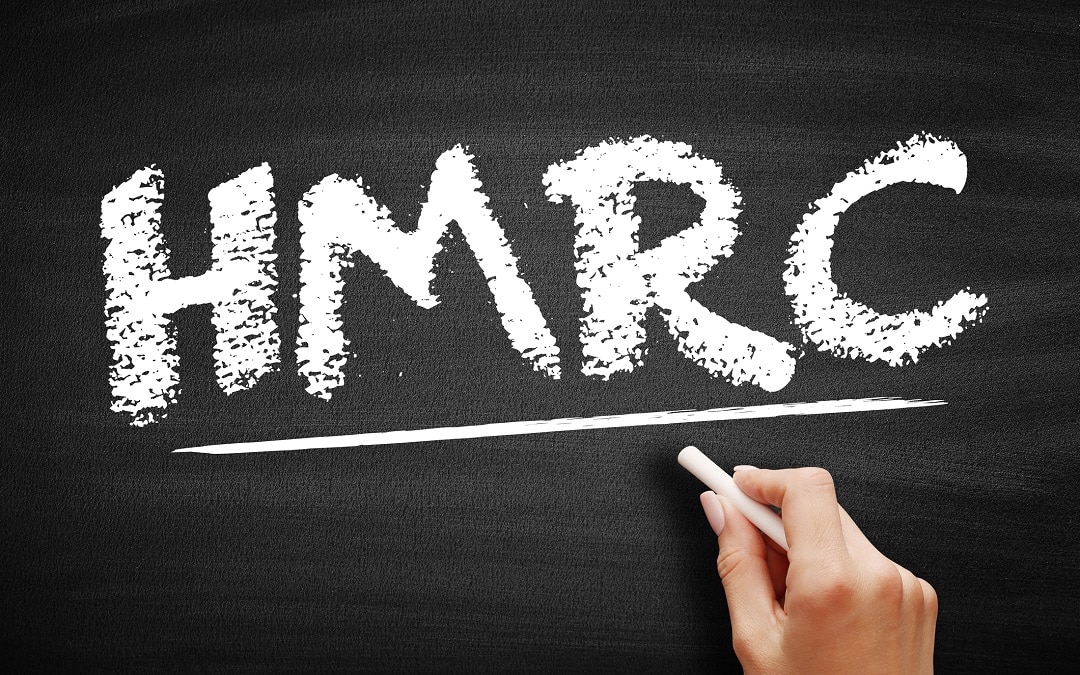Registering with Her Majesty’s Revenue and Customs (HMRC) is a crucial step for individuals and businesses in the UK. This guide will walk you through the process, ensuring your set up correctly to manage your tax affairs.
Step 1: Determine Your Need to Register
Before beginning the registration process, it’s essential to understand why you need to register with HMRC. Common reasons include:
- Starting a new business
- Becoming self-employed
- Needing to file a Self Assessment tax return
- Employing staff
- Registering for VAT
Determine which services you need to access, as this will guide your registration process.
Step 2: Gather Required Information
To register with HMRC, you’ll need to provide specific details. Have the following information ready:
- Your full name and address
- National Insurance number
- Date of birth
- Email address
- Phone number
- Unique Taxpayer Reference (UTR) if you have one
- Business details (if applicable), including company name, registration number, and business address
Step 3: Choose the Suitable Registration Method
HMRC offers multiple ways to register, depending on your circumstances:
- Online services: Most individuals and businesses can register through HMRC’s online services at gov.uk.
- Phone: Some services allow registration by phone.
- Post: In certain cases, you may need to register by post using specific forms.
For most e-commerce businesses, online registration is the most efficient method.
Step 4: Complete the HMRC Registration Form
Visit the HMRC website (gov.uk) and navigate to the appropriate registration section. You may need to set up a Government Gateway account if you don’t already have one.
Select the services you need to register for, which may include:
- Self Assessment
- Corporation Tax
- PAYE for employers
- VAT
Fill in the required information accurately. Double-check all details before submission to avoid delays.
Step 5: Submit the Registration Form
Once you’ve completed the form, submit it through the online system. You may receive a confirmation message or email acknowledging receipt of your registration.
Step 6: Await Confirmation and Reference Numbers
After submitting your registration, HMRC will process your application. This can take several working days. You’ll receive important reference numbers, such as:
- Unique Taxpayer Reference (UTR)
- PAYE Reference (if registering as an employer)
- VAT Registration Number (if applicable)
Keep these numbers safe, as you’ll need them for future interactions with HMRC.
Step 7: Set Up Online Services
Once registered, set up your online account to manage your tax affairs efficiently. This allows you to:
- File tax returns
- Make payments to HMRC
- Check your tax account
- Receive important notifications
Familiarise yourself with the HMRC online services platform to ensure you can navigate it effectively.
Conclusion
Registering with HMRC is a straightforward process when you follow these steps. Remember, timely registration and accurate information are crucial for maintaining compliance with UK tax laws. As an e-commerce business owner, staying on top of your tax obligations from the start will save you time and potential headaches down the line.
Need expert guidance on navigating HMRC registration or managing your e-commerce business’s tax affairs? Book a meeting with our team of specialised accountants today. We’re here to ensure your business stays compliant and thrives in the digital marketplace.
Don’t set sail on the VAT sea alone. As VAT accountants for e-commerce businesses, our service is designed to support and assist your business. Get in touch with us today, and let us chart a course to success together on 01942 725419.

